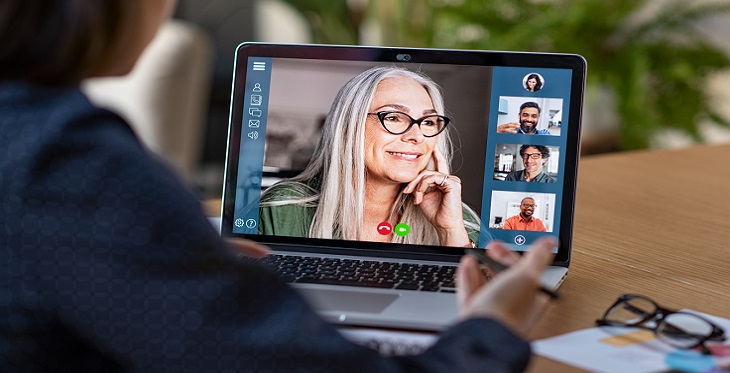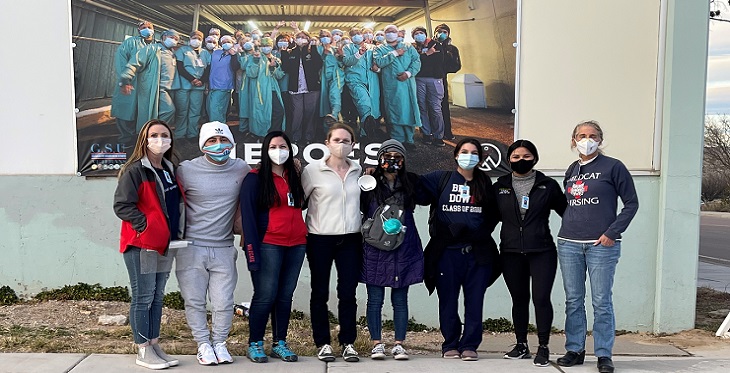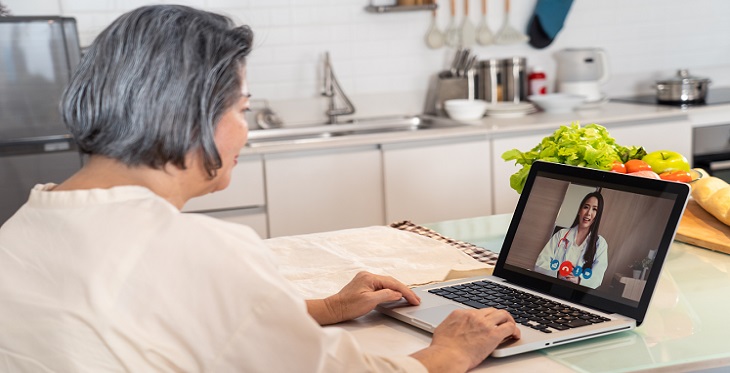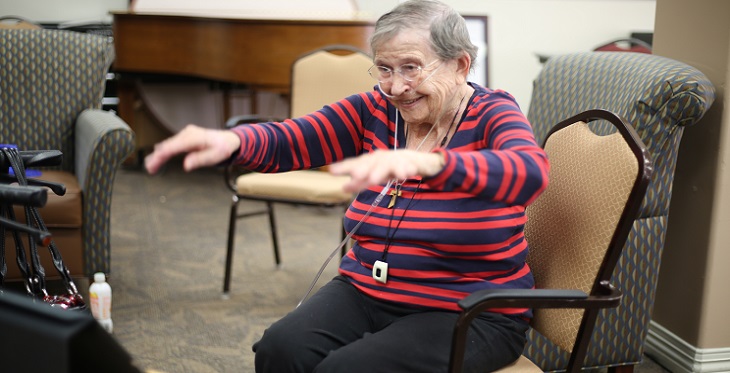Money, money, money! FCC Helps Low-income Households Pay for Broadband Service and Connected Internet Devices

We’ve all seen lots of reports from a variety of source documenting how telemedicine use has skyrocketed during the COVID public health emergency. There have also been many subsequent reports on the significant disparities in access to and use of telemedicine that were revealed and/or exacerbated by COVID. A simple search of Google Scholar brings up thousands of articles from around the world summarizing digital divide and related challenges that have been exposed, and many of them highlight some very creative strategies to help address and reduce barriers to telemedicine care. How can we offer a telemedicine option to someone who does not own a digital device? To someone who does but must choose between using their minutes to support their child’s remote school classes or see their doctor? Or someone who has access to the Internet but at limited bandwidth?










